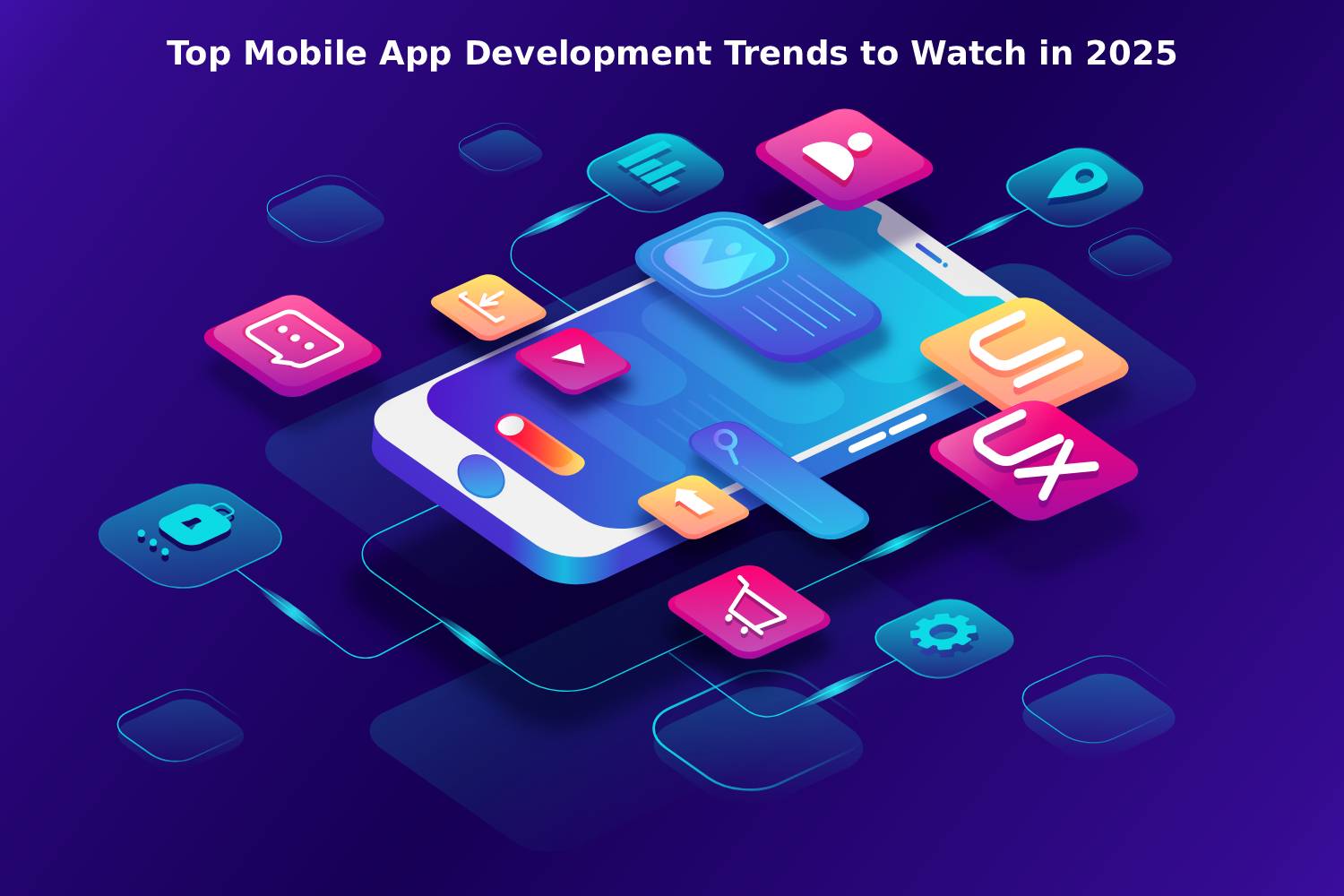Top Mobile App Development Trends to Watch in 2025
The mobile app development landscape is evolving at a remarkable pace, shaped by advancing technology and changing consumer expectations. With 2025 already unfolding, startups, enterprises, and developers must pay attention to the latest innovations if they want to build apps that remain competitive and relevant.
This article explores the most impact mobile app development trends shaping the year. Whether you are a business owner, product manager, or developer, it serves as a road map for designing applications that are salable, secure, and user-focused.
Why 2025 Marks a Turning Point in Mobile App Development
Smartphones have become central to everyday life—from online shopping and healthcare to entertainment and education. With more devices, networks, and platforms now interconnected, apps are expected to deliver seamless experiences, faster performance, and deeper rationalization.
In India, mobile-first behavior continues to accelerate across metro cities as well as Tier-2 hubs like Gorakhpur, Lucknow, and Patna. Businesses are increasingly shifting from traditional websites to dedicated mobile apps to better engage their audiences, making awareness of app development trends not just a technical priority but a business necessity.
Emerging Innovations Driving App Development
A range of technologies are influencing the way apps are designed in 2025. The growing Internet of Things (IoT) is enabling apps to interact with smart devices in real time—whether it’s for managing home appliances, monitoring patient health, or tracking logistics. Foldable smartphones are gaining popularity, requiring developers to create flexible and responsive user interfaces.
The rollout of 5G is transforming expectations for speed and interactivity, paving the way for apps with rich AR experiences, high-definition video streaming, and seamless multiplayer gaming. Wearable devices, from fitness trackers to smartwatches, are also pushing the need for lightweight, companion applications that sync securely across platforms.
For hyperlocal engagement, beacon technology is bringing proximity-based experiences to retail stores, hospitals, and event spaces, while mobile commerce apps are becoming smarter with features like voice-assisted shopping, one-click payments, and personalized offers. AI is increasingly being embedded into applications, powering predictive analytics, chatbots, image recognition, and recommendation engines. Similarly, the demand for secure, integrated digital payments ensures that wallet and UPI compatibility remains a core requirement.
Augmented reality is expanding beyond gaming into retail, education, and navigation, while chatbots are evolving into intelligent assistants that provide customer support around the clock. Security is another critical area, with encryption, biometric authentication, and compliance with data protection regulations now integral to the development process.
Cloud integration is helping apps scale quickly while reducing the burden on devices, and predictive analytics is enabling more personalized user journeys. The surge in on-demand services—from food delivery to home maintenance—is also giving rise to new app categories, especially in fast-growing regional markets. Finally, Android Instant Apps are lowering entry barriers by allowing users to experience apps without full downloads, making app discovery smoother.
Conclusion
The future of mobile app development in 2025 is being defined by a blend of innovation, security, and personalization. For businesses in India, especially in emerging cities like Gorakhpur, these trends are more than technological upgrades—they represent opportunities to engage users in meaningful, efficient, and scalable ways.
While no single project needs to adopt every trend, staying aware of the shifts in user behavior and technology can help organizations prioritize features that create lasting value. By aligning with these developments, companies and developers can position themselves at the forefront of a digital-first economy.







